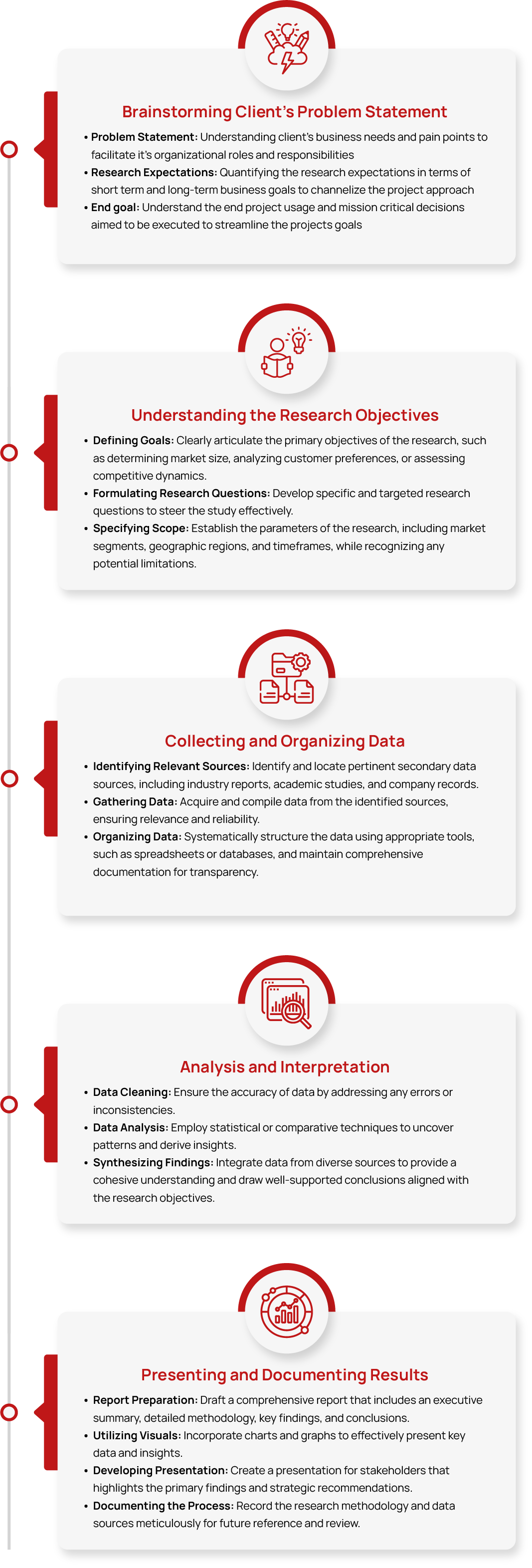Global Wound Care Market Size, Share, Trend & Growth Report, 2032
- Summary
- Market Landscape
- Methodology
- Table of Contents
Global Wound Care Market Size, Share & Trends Analysis Report, by Product (Advanced Wound Dressing, Surgical Wound Care), By Application (Chronic, Acute), By End-use, By Mode of Purchase, By Region, And Segment Forecasts, 2025 – 2032
The Wound Care market includes products like dressings, bandages, and therapies that help treat and heal wounds effectively.
The Global Wound Care Market was valued at approximately USD 25 billion in 2024 and is projected to reach USD XX billion by 2032, growing at a Compound Annual Growth Rate (CAGR) of XX% during the forecast period from 2025 to 2032.
Industry Trends
The wound care market is witnessing rapid advancements driven by technology, sustainability, and personalized healthcare. Smart dressings equipped with biosensors and electrical stimulation are gaining popularity, offering real-time wound monitoring and faster healing. The development of bioengineered tissues and AI-powered digital wound assessment tools is also revolutionizing wound management.
Additionally, there is a growing shift toward eco-friendly solutions, with biodegradable wound dressings emerging as a sustainable alternative to traditional products. As healthcare systems emphasize efficiency and environmental responsibility, these trends are shaping the future of wound care.
Rising cases of chronic conditions, such as diabetes and cardiovascular diseases, are significantly increasing the demand for advanced wound care solutions. Diabetic foot ulcers (DFUs) alone affect nearly one-third of individuals with diabetes, making specialized treatments essential. The growing number of surgeries, burn injuries, and traumatic wounds from road accidents is further fueling market expansion. Additionally, the aging population, which is more prone to chronic wounds, continues to drive the need for effective wound care products and therapies.
However, despite its growth, the wound care market faces several challenges. The high cost of advanced wound care products, such as bioengineered tissues and interactive dressings, limits their accessibility in developing regions. Regulatory approvals for new technologies remain complex and time-consuming, delaying market entry. Moreover, the rise of antibiotic-resistant infections poses a serious challenge, making it harder to treat chronic wounds effectively.
Industry Expert’s Opinion
- Marshall Medley, Chief Medical Officer, BioLab Sciences
“This is the fourth product added to our family of amniotic products, Part of our mission is to provide clinicians more wound care options, so they can choose the best product for the for their patients’ unique needs. We aim to continually bring new, innovative skin substitutes to the field and assist providers with refractory wounds.”
- David G. Armstrong, Co-Director, Southwestern Academic Limb Salvage Alliance (SALSA)
“We’re creating a new kind of ‘cyber skin’ that can help these wounds heal, while measuring and managing them along the way,” “This paper combines these recent insights to chart a way forward in the wound healing space, so that we can move quickly to help our patients recover.”
TT Consultants’ Perspective
The global wound care market is experiencing significant growth driven by the increasing prevalence of chronic conditions like diabetes and pressure ulcers, as well as the aging global population. Innovations in advanced wound dressings, biologic therapies, and antimicrobial products are improving wound healing and reducing the risk of infections.
With rising awareness of wound management, there is also a shift toward more personalized treatments tailored to individual patient needs. These advancements are helping to address the growing demand for effective wound care solutions worldwide.
Market Segmentation
1. By Product (Advanced Wound Dressing, Surgical Wound Care)
Advanced wound dressings are widely used for treating chronic wounds like diabetic foot ulcers and pressure sores and this segment led the market in 2024, accounting for a revenue share of over XX%. They offer moisture retention, infection prevention, and faster healing compared to traditional dressings. The demand is driven by the rising prevalence of diabetes and an aging population. This segment includes sutures, staples, and surgical dressings used in post-operative care. The rising number of surgical procedures and the need to prevent infections are key factors driving market growth. Innovations in absorbable sutures and bioactive dressings further boost demand from wound care dressing companies.
2. By Application (Chronic Wounds, Acute Wounds)
The chronic wounds segment accounted for the largest share, at XX%, in 2024. Chronic wounds, such as diabetic foot ulcers and pressure ulcers, require long-term care and advanced wound management solutions. The increasing prevalence of diabetes and aging-related health issues are major factors propelling this segment. Technological advancements in wound healing products contribute to better patient outcomes. Wound care dressing companies are focusing on innovations that speed up healing for chronic conditions, improving treatment options for these persistent wounds.
Acute wounds include traumatic injuries, burns, and post-surgical wounds, which need immediate and effective care. The growing incidence of road accidents, burns, and surgical procedures is driving demand for wound care products. Innovations in antimicrobial dressings and faster healing solutions are key trends in this segment.
3. By End-use (Hospitals, Home Healthcare)
Hospitals are the largest end-users of wound care products due to the high volume of surgeries and critical care cases with XX% of the total market. Advanced wound management solutions, such as negative pressure wound therapy (NPWT), are widely used in hospital settings. The increasing number of complex surgical procedures is a major growth drive. Home healthcare is growing rapidly due to cost-effective treatments and patient preference for self-care. The availability of portable wound care solutions, such as single-use NPWT devices, is supporting market expansion. Rising geriatric populations and chronic wound cases contribute to the demand for home-based wound care.
4. By Mode of Purchase (Prescribed Products, Over-the-Counter Products-OCT)
Prescribed products include advanced dressings, growth factors, and topical antibiotics that require a doctor’s prescription. They are mainly used in hospitals and specialized wound care centers for treating severe wounds. The market growth is driven by the increasing prevalence of chronic wounds requiring professional medical intervention. OTC wound care products include bandages, antiseptic creams, and simple wound dressings. The segment is growing due to increasing consumer awareness of self-care and easy product availability. Online pharmacies and retail stores further drive accessibility and convenience for customers.
5. By Region (North America, Europe, Asia Pacific, Latin America, Middle East and Africa)
North America holds the largest market share, accounting for approximately XX% of the total market, due to its advanced healthcare infrastructure and high healthcare spending. The rising prevalence of chronic diseases like diabetes and obesity fuels demand for wound care products. Strong R&D investments and new product launches further support market expansion.
Europe is a significant market driven by the increasing number of surgical procedures and aging populations. Government initiatives and reimbursement policies for advanced wound care treatments contribute to growth. The presence of leading wound care product manufacturers strengthens the regional market. The Asia-Pacific region is the fastest-growing market due to rising healthcare investments and increasing awareness of wound care. A growing geriatric population and the rising burden of diabetes are major factors propelling demand.
Competitive Scenario
The Key competitors in Global Wound Care Market are top wound care companies such as Smith+Nephew, Convatec Group PLC, Mölnlycke Health Care AB, Baxter, DeRoyal Industries, Inc., Coloplast Corp, Medtronic, 3M, INTEGRA LIFESCIENCES, Medline Industries, LP, Johnson & Johnson Services, Inc., B. Braun SE, MIMEDX Group, Inc., Cardinal Health, and Organogenesis Inc. among others.
Strategic Activities
- In January 2025, HMP Global, in collaboration with the Wound Care Collaborative Community (WCCC), hosted the 'Driving Innovation in Wound Care' Summit. The event brought together stakeholders from various sectors to address barriers to care and foster innovation in wound care.
- In January 2025, Clearikon Health introduced innovative wound care solutions tailored for equine healthcare. These products are designed to facilitate wound healing in horses without the need for bandage removal, offering a more efficient treatment option.
- In December 2024, Net Health announced a collaboration with Tali.ai to integrate artificial intelligence capabilities into its wound care platforms. This partnership aims to enhance documentation processes and improve patient outcomes through advanced AI-driven solutions.
- In October 2024, BioLab Holdings launched the Tri-Membrane Wrap, a triple-layered amniotic skin substitute designed to protect deep wounds and areas that are difficult to cover. This product aims to enhance the healing process for complex wounds.

Please fill out the form to request the ToC and gain access to detailed insights in the report.
Request Table of Contents







